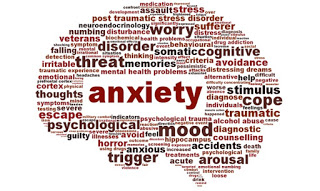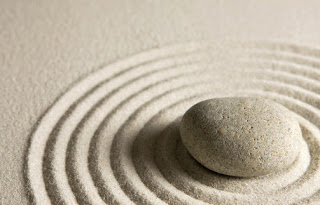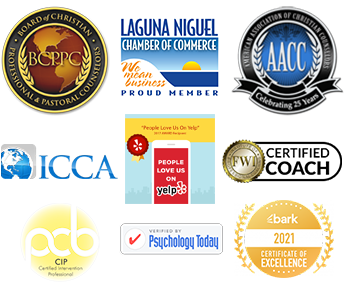
Anxiety–A Brief History
Suffer from anxiety? If so, you are not alone. According to the National Institute of Mental Health over 55 million Americans struggle with anxiety.
In a quest for better understanding and relief from anxiety, author Scott Stossel chronicled the history of the evolution of anxiety (Psychology Today, Feb. 2014). Here are the highlights:
4th Century B.C.–Hippocrates describes anxiety as a medical disease caused by “body juices”. Plato and his followers argue that it’s a philosophical problem, not a physical one. This launched an enduring argument between biological and mental approaches.
1862–An anxiety ridden Union soldier is diagnosed with “soldier’s heart”, a precursor to “shell shock” and post-traumatic stress disorder.
1883–The case of a man with an open hole in his stomach sheds light on how emotion affects the digestive system. When the man is anxious, his stomach tissue turns visibly pale.
1899–The Merck Manual (a medical reference book) recommends opium as an anxiety remedy.
1908–Two psychologists connect peak performance with optimal levels of arousal, suggesting that the right balance of anxiety–not too much, not too little–can be helpful during a test or competition.
1959–The New York Times makes the first written reference to antidepressants which paves the way for a surge in pharmacological anxiety treatments.
1980–The 3rd edition of the Diagnostic and Statistical Manual of Mental Disorders is released, replacing Freudian concepts of neurosis with panic disorder, social anxiety disorder, obsessive-compulsive disorder, and other types of anxiety.
2005–The National Institute of Mental Health reports that 18% of American adults have some type of anxiety disorder.
So anxiety is real, it’s been around for thousands of years, and it requires treatment. In my next blog I will give recommendations for those afflicted with anxiety issues. In the meantime you can check out some resources here: http://carepossible.org/resources/
I’d love to hear from you! If you need support with anxiety please contact me at randy@randymoraitis.com. Websites: www.carepossible.com, www.randymoraitis.com.








